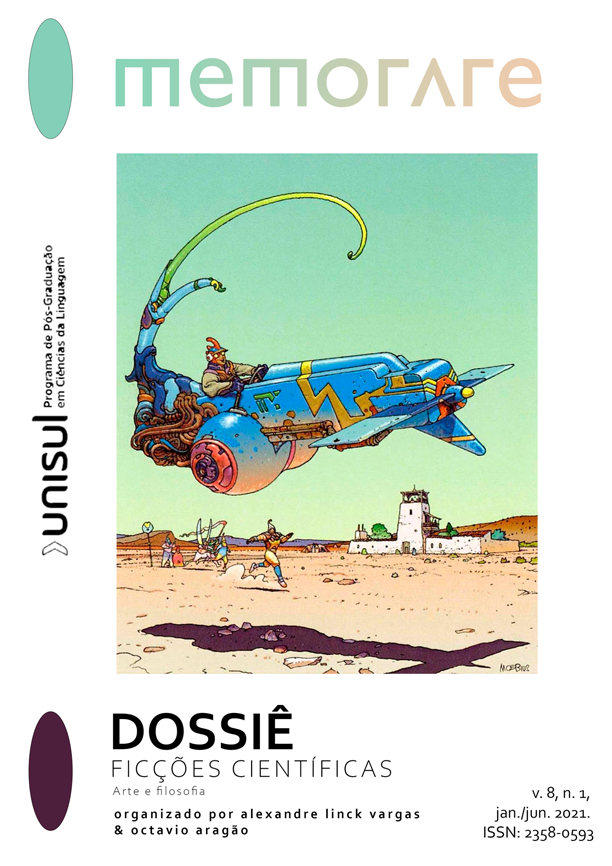Real and Semi-Real – an Architectural Backstory for Flusser’s Dual Scientific Fictions
DOI:
https://doi.org/10.19177/memorare.v8e1202181-92Palavras-chave:
Fictionalism, Vilém Flusser, Science FictionResumo
Vilém Flusser’s approaches to epistemology and science fiction are explored in connection with the fictionalism of Hans Vaihinger and other late 19th and early 20th century philosophies, as well as using an architectural metaphor of scaffolding and blueprints. From his 1980 essay “Science Fiction” Flusser’s two approaches to science fictions are labeled as 1) a ‘falsification strategy’ and 2) an ‘epistemology of improbability.’ These are further explored as metaphors for architecture and building based on ideas from his “Wittgenstein’s Architecture” in The Shape of Things: a Philosophy of Design and compared and contrasted with visual metaphors of the fantastic in the paper architecture called The Obscure Cities series by François Schuiten and Benoît Peeters. Further reinforcing the connection between Flusser’s and Vaihinger’s philosophies, semi-fictions and real fictions are envisioned as a type of new media architecture.Downloads
Publicado
21-07-2021
Edição
Seção
Artigos Dossiê


